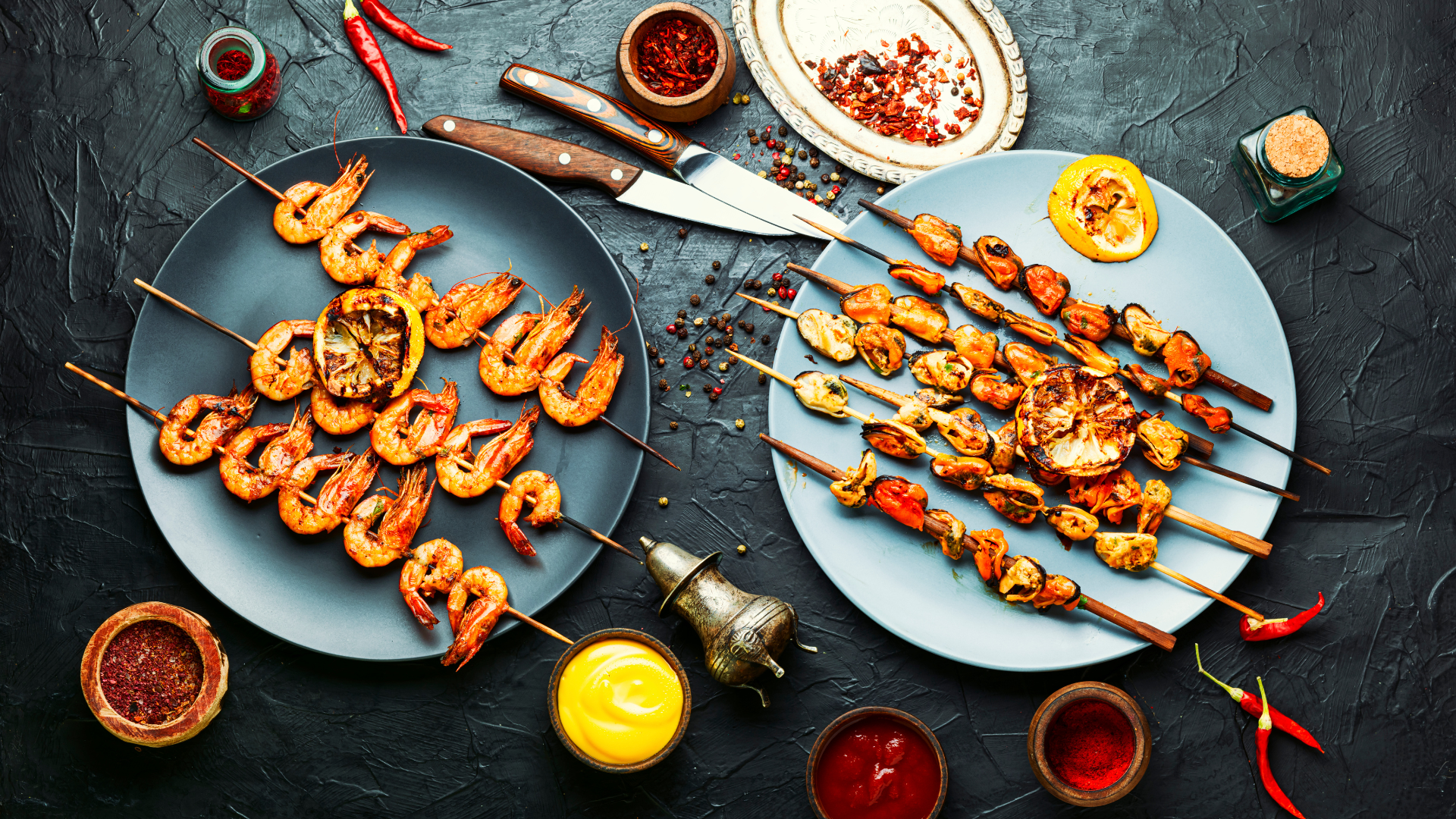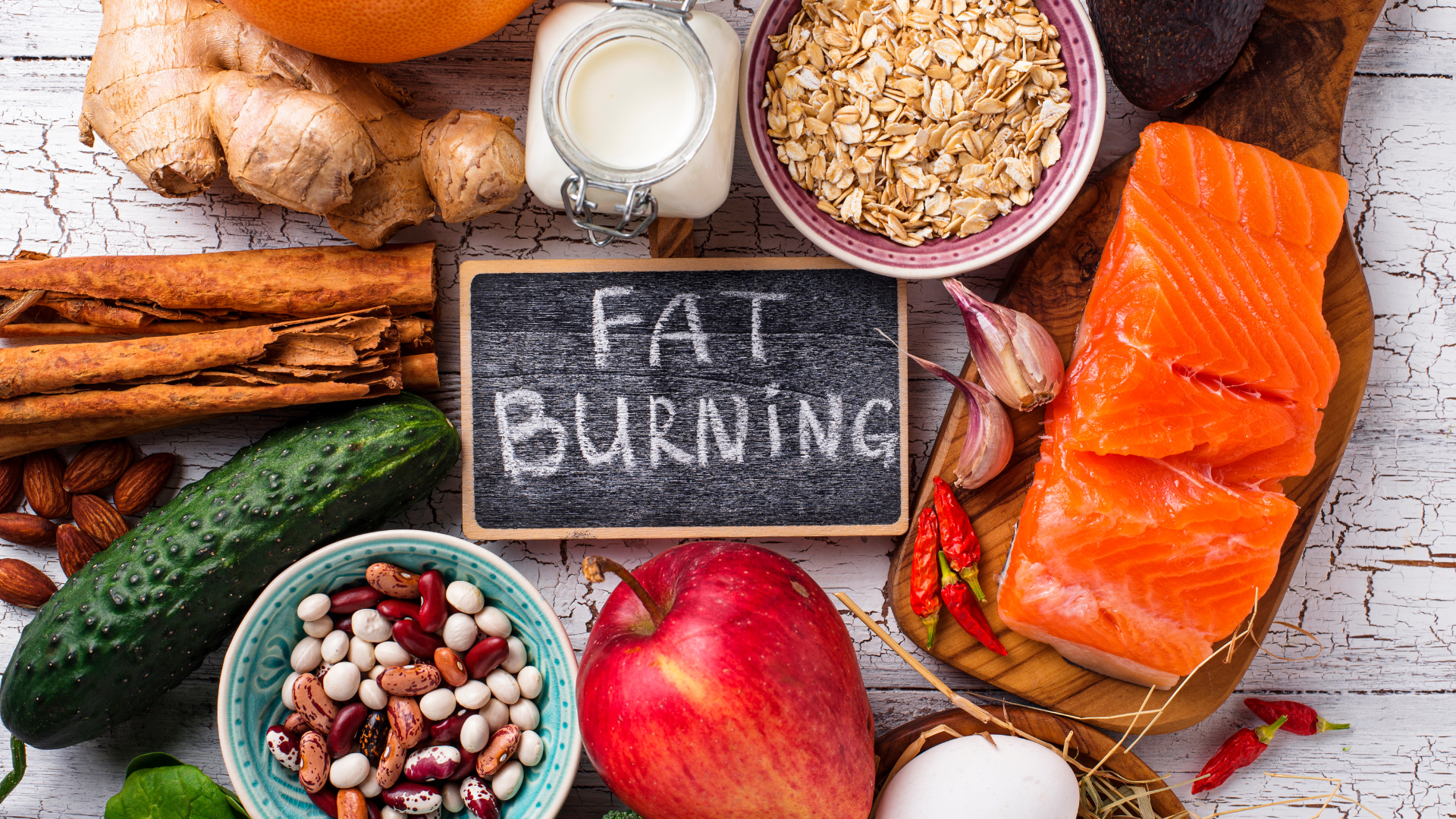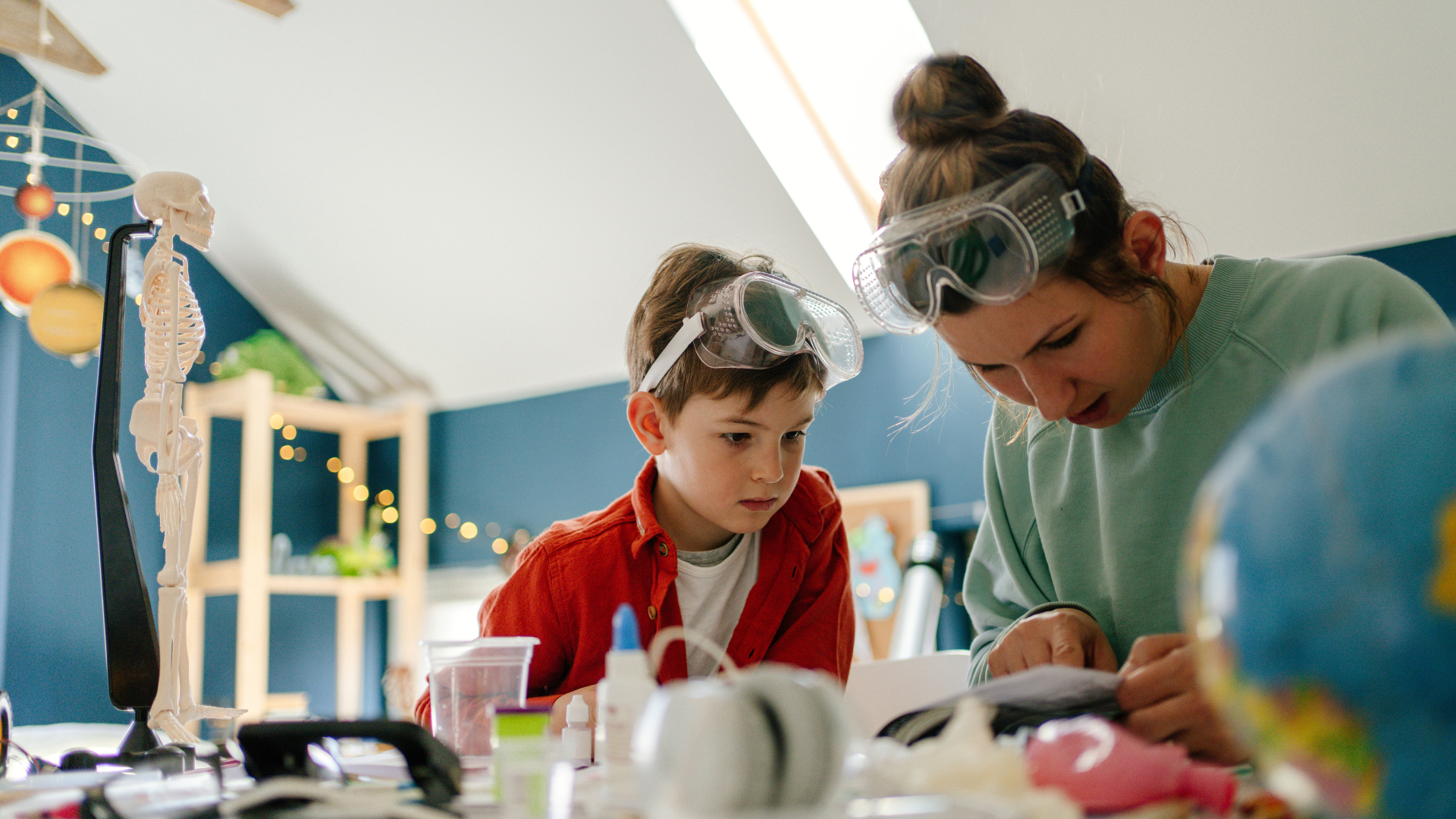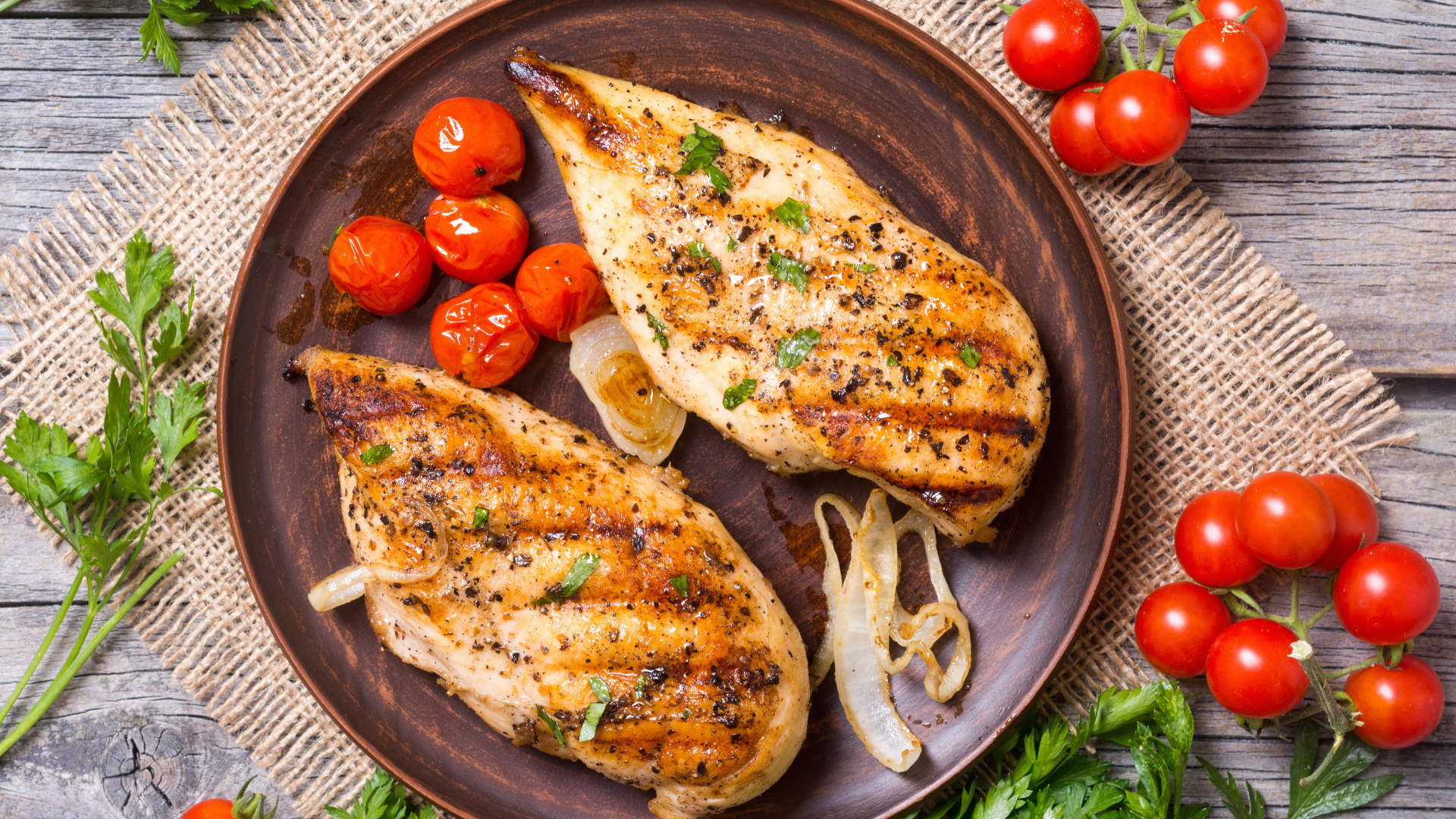It’s time to switch things up and incorporate more seafood into your diet! Not only is it a great source of protein, but it also contains essential nutrients that are beneficial for your health.
In this blog post, we’ll share some delicious healthy seafood recipes that make you crave more fish in your meals. Get ready to tantalize your taste buds with these mouth-watering creations!
What are some healthy seafood recipes?
Plenty of healthy seafood recipes satisfy you and make you want more fish. Here are just a few:
Salmo en Papillote with Garlic and Rosemary: Preheat oven to 400 degrees F (200 degrees C). Coat a parchment paper-lined baking sheet with cooking spray. Place the salmon filets on the sheet, skin side down. Sprinkle garlic and rosemary over each filet. Bake for 12 minutes or until salmon is cooked through.
Grilled Salmon with Tomatoes, Olives, and Capers: Season salmon with salt and pepper. Grill over medium-high heat for 6 to 8 minutes per side or until salmon is cooked through. Top grilled salmon with tomatoes, olives, and capers.
Clams in Garlic Butter Sauce: Melt butter in a large saucepan over medium heat. Add garlic and sauté for 1 minute or until garlic is fragrant. Add clam juice, wine, parsley stems, and thyme leaves; bring to a simmer. Simmer for 5 minutes or until clams open. Serve hot over rice or pasta.
Tuna Tartare with Wakame and Radish: In a large bowl, combine tuna, avocado, wasabi paste, soy sauce, mirin, and ginger. Mix until well combined. Add wakame and radish; mix until well coated. Serve chilled or at room temperature.
These are just a few examples of healthy seafood recipes! There are many more to choose from. Be sure to explore different types of seafood, such as whitefish, shrimp, or scallops. You may be surprised at how many other healthy seafood recipes you can create!
How to cook seafood the healthy way
If you’re looking for healthy seafood recipes, look no further! In this article, we’ll outline a few tips on how to cook seafood healthy so you can enjoy your dishes without sacrificing flavor.
First and foremost, make sure to select high-quality seafood when cooking. Avoid bruised fish or any obvious signs of pollution or contamination. Instead, opt for fish that is fresh and brightly colored.
Secondly, be sure to season your seafood correctly before cooking. A little bit of salt and pepper will go a long way in enhancing the flavors of your dish. Add herbs and spices such as garlic, chili peppers, or cumin to give it a unique flavor profile that will tempt even the most finicky eaters.
Last but not least, always remember to clean your seafood before cooking it. This will help minimize the risk of foodborne illness. Try using a gentle method such as soaking or boiling your seafood before steaming or baking it to reduce any potential contaminants.
Easy seafood pasta recipe
Looking for a healthy seafood pasta recipe that will make you want to eat more fish? Look no further! This dish is flavorful and easy to prepare, so you can enjoy a delicious seafood dinner without worrying about your calorie intake.
Ingredients:
- 1 lb. fresh shrimp, peeled and deveined
- 1/2 cup chopped onion
- 3 cloves garlic, minced
- 1 tsp. dried thyme leaves
- Salt and pepper, to taste
- 6-8 cups vegetable broth or water
- Fresh parsley sprigs for garnish (optional)
Instructions:
In a large pot over medium heat, sauté onions and garlic in olive oil until softened. Add shrimp, thyme leaves, salt, and pepper, then sauté for another minute until shrimp turn pink. Add broth or water as needed to cover the ingredients.
Bring mixture to a boil, then reduce heat and simmer for 10-15 minutes until shrimp are cooked. Garnish with fresh parsley if desired before serving.
Tips for selecting healthy seafood
When it comes to seafood, there are a few things you can do to make sure you’re eating healthy options. First, be sure to choose wild seafood over farm-raised. Farm-raised seafood often contains higher levels of antibiotics and other pollutants that are harmful to you.
Second, be careful with what oil you cook your seafood in. Most oils are unhealthy and contain high levels of unhealthy fats. Instead, opt for herbs or spices to season your seafood dishes. Finally, make sure to eat seafood as part of a balanced diet and enjoy portions that are appropriate for your age and activity level.
If you’re looking for healthy seafood recipes that will make you want to eat more fish, then you’ve come to the right place! In this article, we’ve shared some delicious dishes that are perfect for any seafood lover.
From simple and easy-to-follow recipes to those with a bit of flair, we have something for everyone. If you’re ready to start cooking healthier seafood dishes, check out our collection below!







